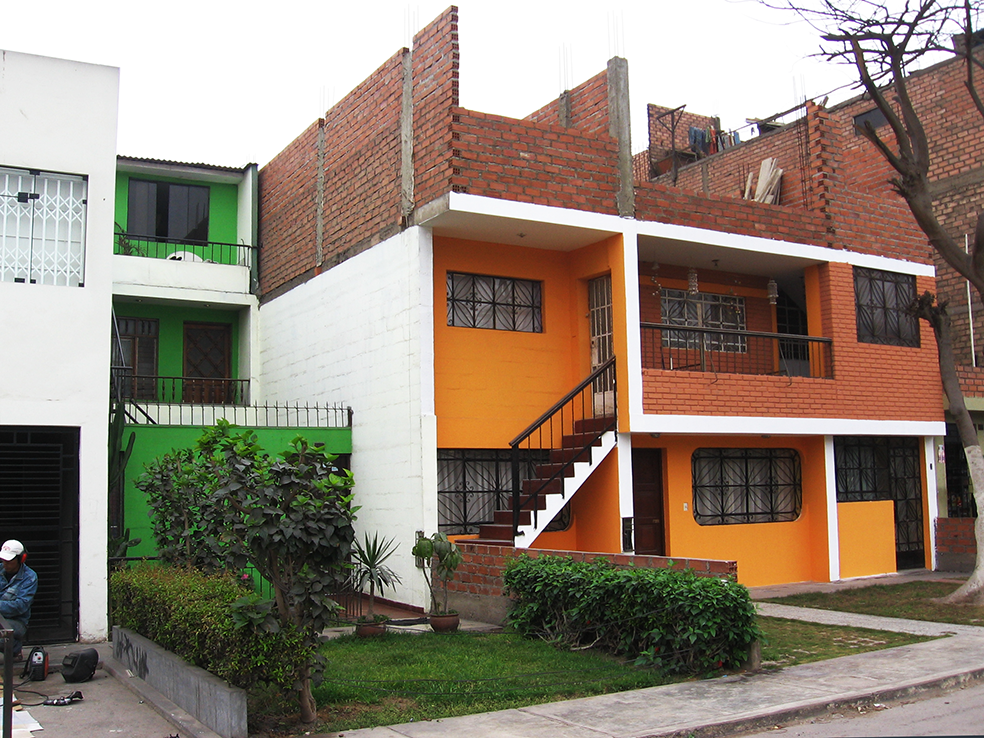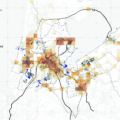Housing; self-built; urban policies; Latin America; PREVI; Favela Bairro; Quinta Monroy
Article published in Atlantis magazine #28.4, student magazine of the urbanism department at TU Delft University
Latin America is today the most heavily urbanized region in the world (UN Habitat, 2016). Centralization of services, economic and political crises, conflicts and violence, among other reasons, brought an exponential growth of migrations from the rural areas to the cities since the 1940s. People invested a lot of effort and resources to find a place in cities. Civil society organized itself to obtain services, such as housing or water. The public sector reacted in different ways to provide quality of life and housing conditions to the new urban dwellers. In the last decades, the weight has shifted to private companies to try to provide housing to a demanding market. Despite all the efforts, Latin American cities present today high levels of vulnerability in terms of dwelling and services. This is emphasized by high levels of social inequality, urban segregation and informality (Clichevsky, 2000, quoted in Vargas, 2010; see also Andreatta, 2007 for Brazil; Beytía, 2014 for Chile; Matos Mar, 2010 for Peru).
This article attempts to understand trends in housing and urban policies in Latin America. Three cases, representative of three different moments in recent history will be shown in order to analyze the collaboration of civil society, public and private sectors, in the construction of the Latin American city. The first project, PREVI- Lima (Peru, 1968-75) was developed in the late 1960s, when the public sector managed and implemented social housing programs. The other two examples were implemented after 1990s: Favela Bairro (1994 – 2005), in Rio de Janeiro, was a milestone in slum upgrading programs developed in Latin America. Quinta Monroy and Elemental housing-competition were developed in Chile around 2003 under a scheme of social housing subsidy policy.
Access the full article here: https://issuu.com/atlantismagazine/docs/atlantis_issue_28.4








